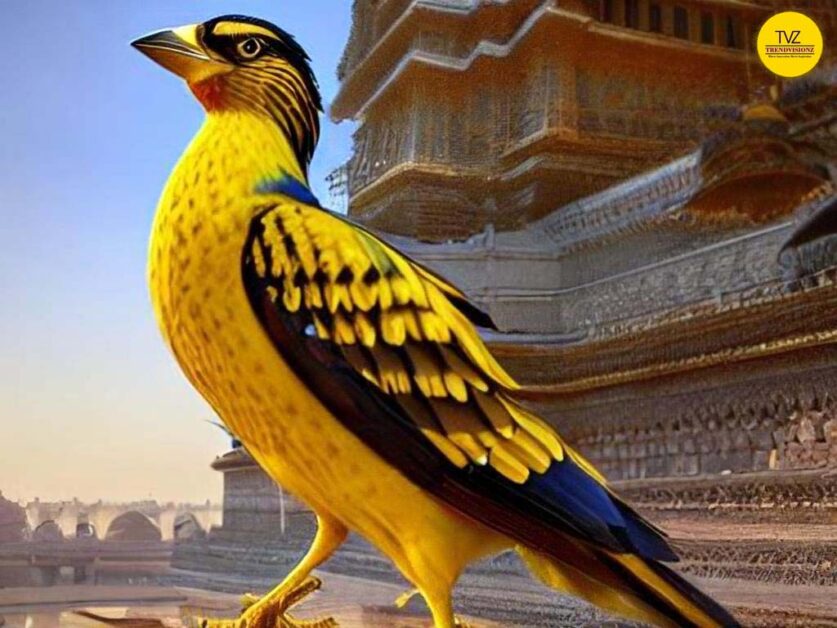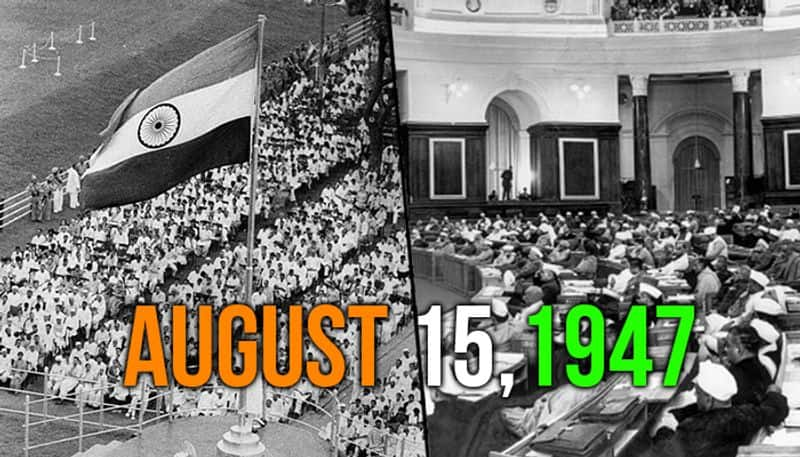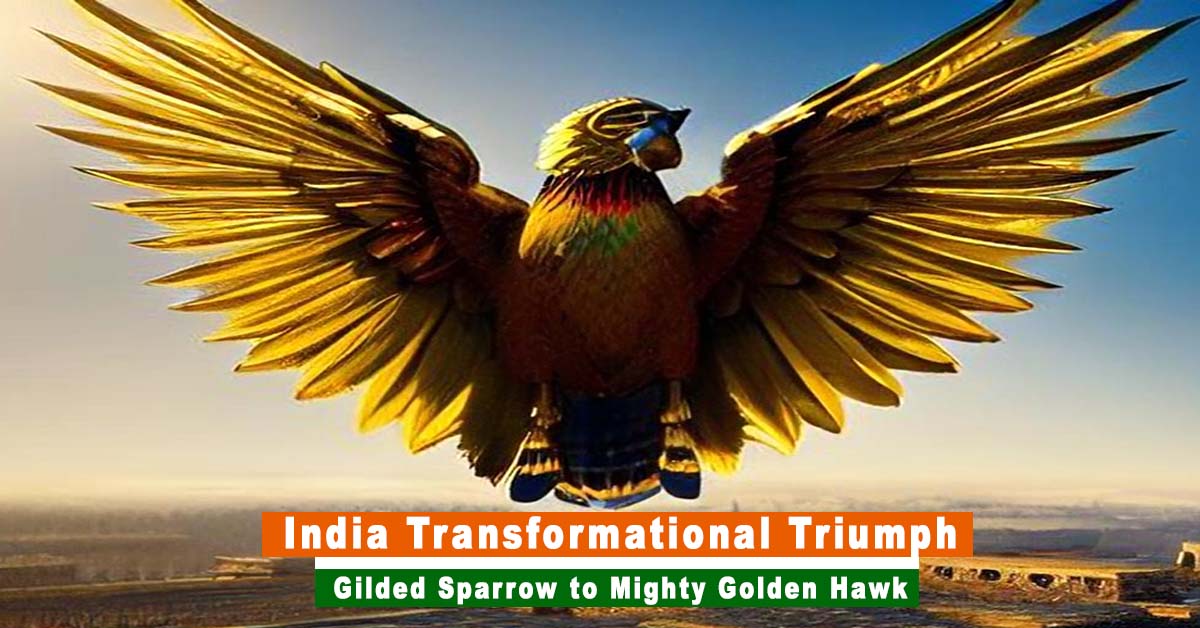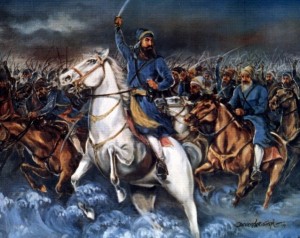Greetings, Dear Reader! I am Prof. SS. Bargota, welcome to my realm of words and ideas. Having dedicated years to shaping young minds as a Professor of English, wield my pen to converse with the world. 📜 My blog is my canvas, where I weave together the threads of human experiences into the intricate tapestry of mankind’s journey. 🗣️ Join me on a voyage as I endeavor to bridge the gap between hearts and minds, using the power of language. 🌟 As I step into this new chapter, my mission remains unwavering: to inspire, to educate, and to celebrate the beauty of language and thought. Let’s embark on this literary adventure together- the story of “The Golden Sparrow India”.

Why India was called Golden Sparrow in Ancient Times
Almost all Indians love to cherish and feel proud to hear that their motherland India — was once considered a golden sparrow. The story of golden sparrow India This question is asked several times- Why India was called – “Sone Ki Chidiya”. And foreigners were attracted to India due to this belief. By doing so, they tend to believe that India was once a country of enormous wealth with a rich and prospering society of thriving people.
Also Read:
- Normcore Fashion Trends 2023: Making the Mundane Marvelous
- Gandhigiri’s Resurgence: Triumph of Modern Challenges to Reviving Values
- India’s New Parliament Building: Inspiring Awe and Wonder!
The Perception of India as the “Sone Ki Chidiya”
Very rightly, Indians can feel proud of the ancient rich culture and glorious history and traditions. But not so about the phrase which the medieval invaders from Turkey and Persia used for India. They invaded the country not once but dozens of times. Each time they came, they shed the blood of innocent people, plundering the wealth, and taking away every precious thing along with the pride and prestige of the rulers as well as the people.

The Golden Sparrow’s Vulnerable Abundance: The Era of Invasions and Plunder
The Symbolic Sparrow and the Lure of Gold
Primarily, the phrase was used for India because of the vast quantity of gold stored in various temples and the houses of wealthy people. The word sparrow meant that, by nature, the country was meek and defenseless against any use of force.
The Beginnings of Invasion: Mohammad Ghazni
Rightly so, the invaders came with small armies, sometimes with a handful of soldiers, and defeated large armies of native kings and rulers. The story of the foreign invasions began with the attacks of Mohamad Gazni. He invaded Gujrat in 1000 AD to loot the wealth of the famous Somnath Temple.

He invaded various parts of India 17 times. Although he was unsuccessful in a few attempts. Each time, he carried back to Gazni the wealth of Indian temples and kings, besides killing thousands of Hindus. Thrice, he plundered and desecrated Somnath Temple and also carried its sandal doors to Gazni.
Mohammad Ghori’s Legacy and Muslim Rule
He was followed by Mohamad Gouri, who invaded India many times between 1178 to 1192. He also successfully established the first Muslim rule in India, plundering the wealth and putting thousands of innocent Hindus to the sword. His successors ruled over northern India as rulers of the Slave dynasty till 1239, followed by the Sultanate dynasty, which ruled over India till the arrival of Babur in 1526.
The Mughal Dominion: Religious Transformation and the Sword of Conversion
Babur established a strong Mughal Empire in India, although with a brief intervention of Sher Shah Suri for five years. The famous Mughal Emperor Akbar consolidated his empire by annexing the whole of India, except in the south. The Mughals spread Islam of their free will by converting many Hindus with a threatening sword. The remaining Hindus were reduced to timid 2nd class citizens of the state who were to pay religious tax Zazia. By this time, the Mughals had captured the golden sparrow in their strong fist.

Nadir Shah’s Invasion and the Conquest of Delhi (1739)
After the fall of the Mughal Empire in the mid-18th century, another fierce invader in the form of Nadir Shah got attracted to invade and loot the golden sparrow. He and his General Ahmad Shah Abdali attacked Punjab and marched on to conquer Delhi in 1939. The purpose of his invasion was to gather wealth and, with that, to strengthen his Empire in Afghanistan. He did it mercilessly, so much so that he figured in the everyday talk of the people as a famous looter.

Nadir Shah’s Ruthless Plunder and Infamy
People often said, “Khada paida layeda, baki Nadir Shahe da”. (Whatever you eat and wear is yours; Nadir Shah will take the rest away). There was no resistance to Nadir Shah, who plundered Punjab and Delhi at will, but from the Sikhs, who, in guerrilla warfare, attacked at night the convoy of Nadir Shah and freed thousands of young Indian women who were enslaved to be sold in Persia.
Zakria Khan’s Report on Sikh Fighters
Greatly irritated by the losses, Nadir Shah enquired about these fighters from Zakria Khan, the then Governor of Lahore. Zakria Khan informed Nadir Shah that these Sikhs were strange, fearless, Tiger-like fighters who lived in deep forests, slept in saddles on horseback, lived without food for many days, occasionally took a dip at the Holy Pond (Golden Temple ), and disappeared into the forests. One sikh fighter is equal to 50 trained soldiers.
Sikh Resistance and the Triumph of Grit: The story of golden sparrow India
After the death of Nadir Shah in 1747, his successor, Ahmed Shah Abdali, continued his invasions of India with the same purpose. He invaded Punjab and other parts of the country nine times between 1747 and 1769.
Unyielding Sikh Spirit
Each time, he first targeted the Holy Pond of Golden Temple at Amritsar to destroy the roots of the Sikhs who were the only resistance to his plunders, and each time, he failed in his mission to kill the Sikhs. Thrice he took the Golden Temple under his control, filled the Holy Pond with earth to destroy the place of worship, and each time, the Sikhs came back, freed the holy place, dug the tank again, and revived the worshiping business within days.
Abdali was so irritated and disgusted with the occasional losses rendered by the Sikhs that he called them ‘dogs.’ In 1769, he supervised the destruction of the Golden Temple by blowing it with gunpowder. A small piece of brick hit him on the nose during the process. It caused him an incurable wound, so he died in Gazni in 1772. Moving ahead in the journey – The story of golden sparrow India
Post-Independence Struggles
After the independence of India in 1947, the British left the country. Still, they divided the country into two parts, before going, which saw the most considerable bloodshed of the century between the two major communities. Thus, the two countries started once again from the beginning. The people of both countries worked hard to regain their lost glory. The big brother (India) was always a step ahead in progress in comparison. But Alas!,Soon, the power came into the hands of shortsighted politicians who frequently used the card of hatred & enmity against both communities for selfish gains, due to which two wars were fought in 1965 and 1971.
A Divided Nation’s Rebirth
Thus, the national income, which was the fruit of the hard labor of the commoners, was more spent on defense than on progressive programs. When the two wars did not serve the purpose and the future possibilities of full-scale wars diminished because both countries had gone nuclear, the focus shifted to proxy wars of terrorism by hired criminals. The golden sparrow (India) suffered the most in this strategic warfare. The leading cause was the same, i.e., bribes to the selfish and anti-national elements.

The Continued Plight: The story of golden sparrow India
In the past, India was called a golden sparrow because of her people’s love for gold and their meek and docile behavior. India still is the same golden sparrow of ancient times with the same aurora of golden light. India is still rich in gold because tonnes of gold are imported annually and bought and worn by the people. So much so that in recent years, the gold import bill sometimes was second to the crude import bill. It will be fantastic to know that the total gold worn by the Indian people (leaving aside the gold stored in temples, gurudwaras, and other religious places) is more than the entire gold stacked in the US Treasury.
Modern Challenges and Corruption
The paradox of the situation is that it is still being looted, if not by invaders but by the country’s lustful people
(be it politicians, business people, or bureaucrats) who gather wealth through corrupt practices and stack it in foreign banks. So long as the country continues to be the golden sparrow in behavior, it will continuously be looted by this man or that.
The hour needs to change the essential attitude of the golden sparrow. The golden sparrow should now turn into a golden hawk, which is fierce in attack so that nobody dare grab it. But how can that be possible? The answer lies in the power and strength of the golden sparrow, which is the power of the commoners who can do hard labor even in the most adverse situations.

The story of golden Sparrow India: Embracing Change and Empowerment
They are innovative, creative, and gritty. Often, they start from zero and progress to success with little means and support. The best example is that of Pakistani migrants to India after partition. They created everything from Zero. And, within half a century, came up to be amongst India’s most affluent, wealthiest, and most prosperous citizens.
Unfortunately, their biggest weakness is their tolerance to corruption. Falling prey to the call of religion or region and raising the sword against their brethren.
The anti-national elements often exploit this weakness to serve their nefarious designs. The people of India must realize this and guard against the lustful, corrupt, and anti-national people. The golden sparrow will automatically change into an aggressive golden hawk, which no one can touch.
The story of golden sparrow India: The transformation from “Golden Sparrow” to “Fierce Golden Hawk” signifies a shift. From vulnerability to strength. It suggests that the entity once perceived as delicate and defenseless. Today has evolved into a formidable force, embodying power, determination, and a readiness to confront challenges.
The article has been vetted and edited by Editorial Team
Get Connected to us with our Ditial Endeavours-Transforming Lives… Creating the magic. Just – Believe ~ Practice ~ PerformBizTech Chronicle… Navigating Tomorrow’s Tech Frontiers 🚀
Youtube – Nuteq Entertainment Pvt LtdTrendvisionz – A Premier Digital Marketing Agency in India
Follow me on Twitter or LinkedIn. Check out my website.



